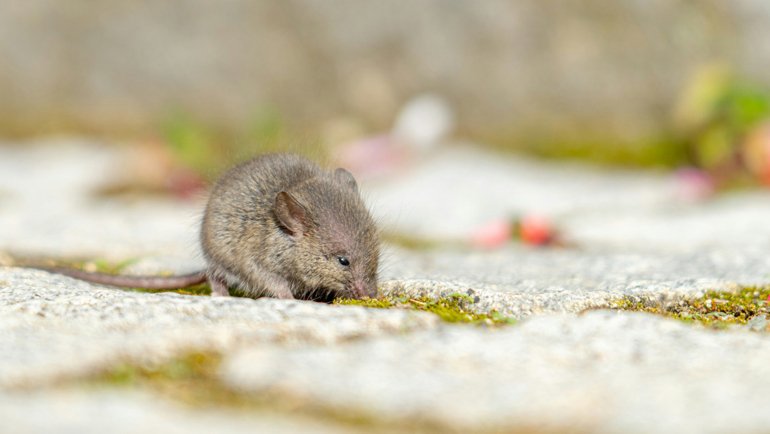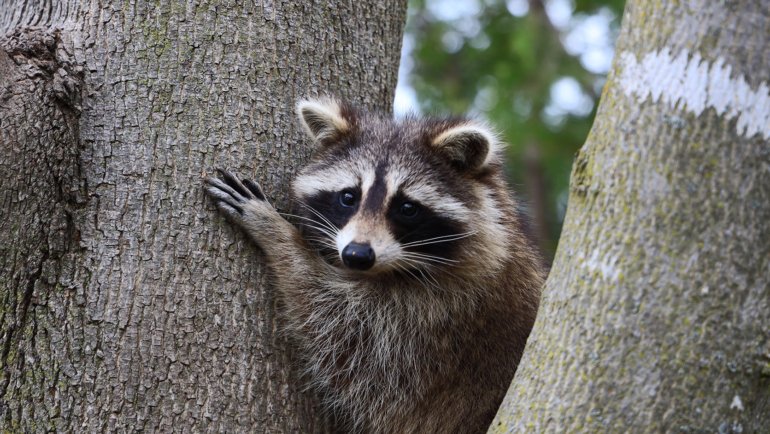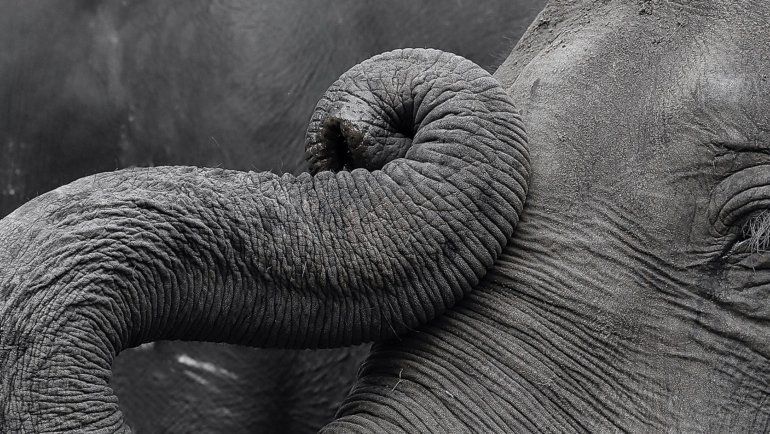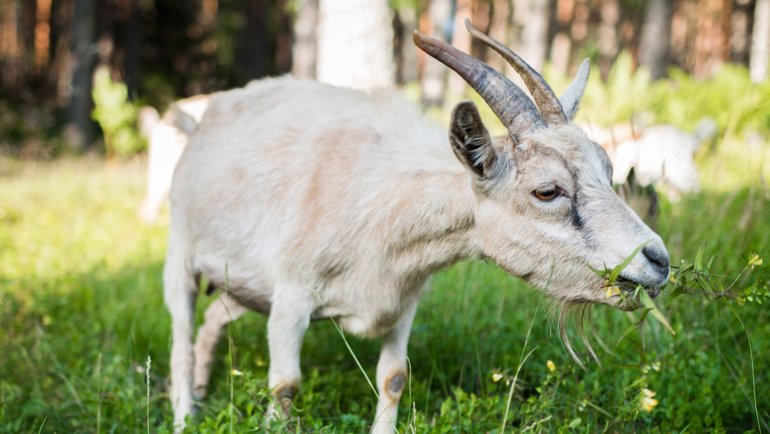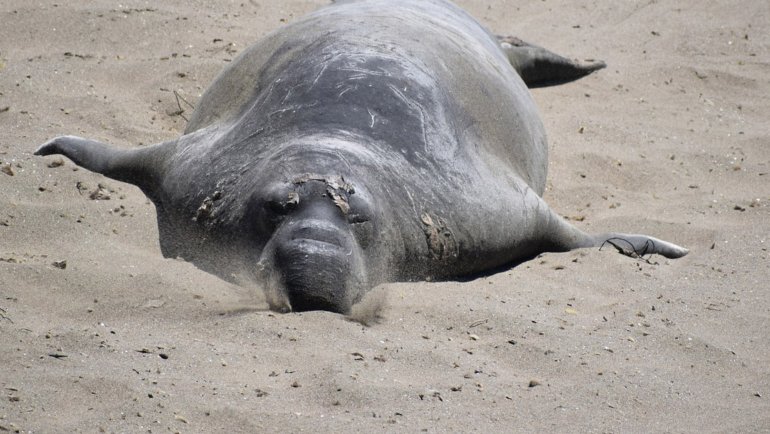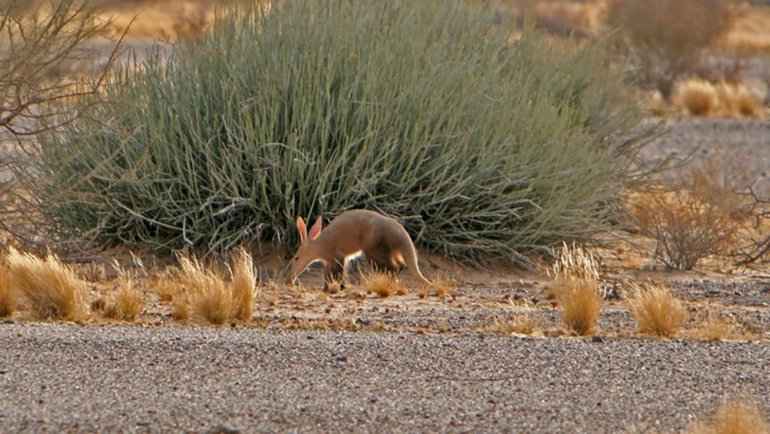Enigmatic and elusive, cougars hold a special place in the world of wildlife. Also known as mountain lions, pumas, or panthers, these majestic creatures command respect with their grace, power, and agility. Yet, how much do we truly know about these secretive animals that reign over vast territories stretching from the snowy ranges of the Rockies to the arid landscapes of the Atacama Desert?
In this article, we’ll explore thirty captivating facts about cougars, unveiling the complexities of their behavior, the adaptations that make them top predators, and the challenges they face in the wild. So, join us as we step into the world of the cougar, discovering what makes this animal one of nature’s most captivating creatures.
Contents
show
Essential Information About Cougars
- Scientific name: Puma concolor
- Type of Animal: Mammal
- Size: Depends on the species – From 1-1.4 meters (40-55 in) for the sun bear, to 2.5-3 meters (8.2-9.9 feet) for the large polar bears.
- Weight: Depends on the species – From 25-65 kg (55-145 lbs) for the sun bear, to 350-700 kg (770-1,500 lbs) for the largest polar bears.
- Geographic range: North America (American black bear, brown bear), Europe (brown bear), Asia (sun bear, brown bear), the Arctic Ocean (polar bear), South America (spectacled bear), China (giant panda).
- Habitat: Forests, grasslands, steppes, the Arctic tundra, drift ice (polar bear)
- Diet: Depends on the species. The polar bear is mostly carnivorous, other species are omnivorous, and the giant panda feeds almost exclusively on bamboo.
- Predators: Mainly Humans for adult bears. Big cats and wolves may prey on bear cubs.
- Reproduction: They start breeding at around 4 years old, and females give birth to 1-4 cubs, every 2 to 4 years. Cubs are born during the first two months of hibernation, after delayed implantation (see facts below).
- Conservation status: Least Concern. Population is decreasing.
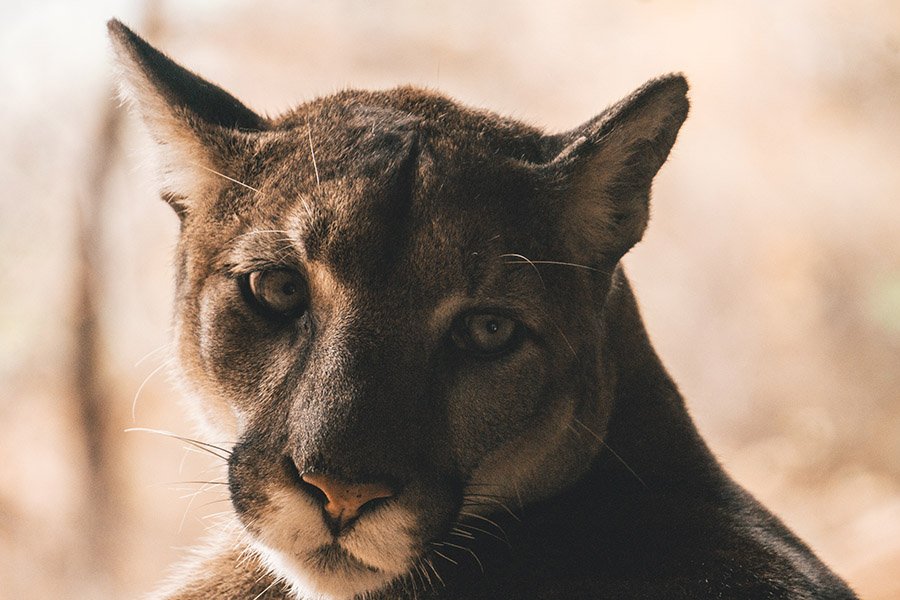
30 Amazing Facts About Cougars
- Cougars have many names: Also known as pumas, mountain lions, catamounts, or panthers, depending on the region, cougars hold the Guinness record for the animal with the highest number of names.
- They are the largest cats that can purr: Unlike larger cats like lions, tigers, and leopards, cougars can’t roar. Instead, they produce sounds that include purring, hisses, growls, and whistles.
- Cougars are skilled jumpers: They are excellent climbers with powerful hind legs that enable them to make impressive leaps. Cougars can jump up to 15 feet high and leap a distance of up to 40 feet.
- They have a broad diet: Cougars are opportunistic predators that can eat anything from insects to large ungulates. Deer are their preferred prey, but they’ll also eat smaller animals like rabbits, rodents, and even porcupines.
- Cougars cover large territories: A male cougar’s territory can range from 50 to 150 square miles, often overlapping with several females’ smaller territories. These territories are marked with scrapes or piles of leaves, grass, and dirt that are saturated with urine and feces to warn off other males.
- Females are devoted mothers: After a gestation period of about 90 days, the female gives birth to a litter of 2-3 cubs. She cares for her young ones until they become independent, which is usually at about 1.5 to 2 years of age.
- Cougars are solitary creatures: Outside of mating and a mother raising her cubs, cougars lead largely solitary lives. They are most active during dawn and dusk when their prey is also active.
- They are the fourth largest cats in the world: After tigers, lions, and jaguars, cougars are the fourth largest cats. An adult male can measure up to 9 feet from nose to tail tip and weigh up to 220 pounds.
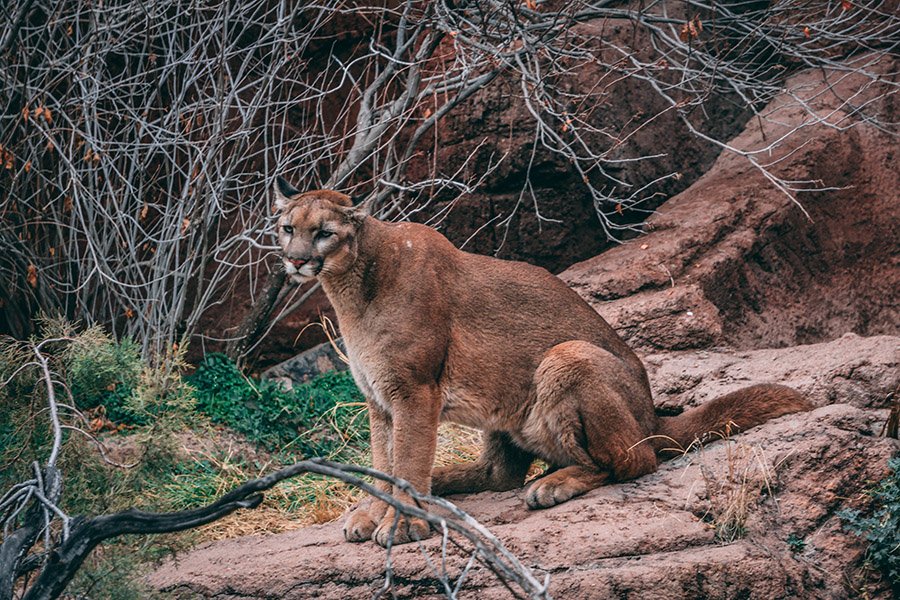
- Their lifespan is relatively long: In the wild, cougars can live up to 10-12 years, and in captivity, they have been known to live up to 20 years.
- Cougars can adapt to various habitats: From forests to desert scrub, mountainous regions, and even swamps, cougars can thrive in a wide range of environments. This adaptability is one reason they can be found all over the Americas.
- Cougars are excellent swimmers: While not all cats are fond of water, cougars are adept swimmers. They won’t usually enter water unless necessary but are quite capable when they do.
- Their coat color changes with age: Cougar kittens are born with spots that help camouflage them. As they grow older, their coat becomes uniform in color, ranging from silver-gray to reddish-brown.
- They have a unique method of killing prey: Cougars typically kill their prey by delivering a powerful bite to the neck, severing the spinal cord.
- Cougars are highly secretive: This, combined with their largely nocturnal habits, makes them difficult to study and observe in the wild. They’re often called “ghost cats” for their elusive nature.
- Cougars have retractable claws: Like most other cats, cougars have retractable claws. These sharp tools are kept hidden when not in use to ensure they remain sharp for catching and holding onto prey.
- Their population is rebounding: In the 1900s, cougars were almost exterminated due to hunting and a decline in their prey populations. Thanks to conservation efforts, their populations have recovered in many parts of their range.
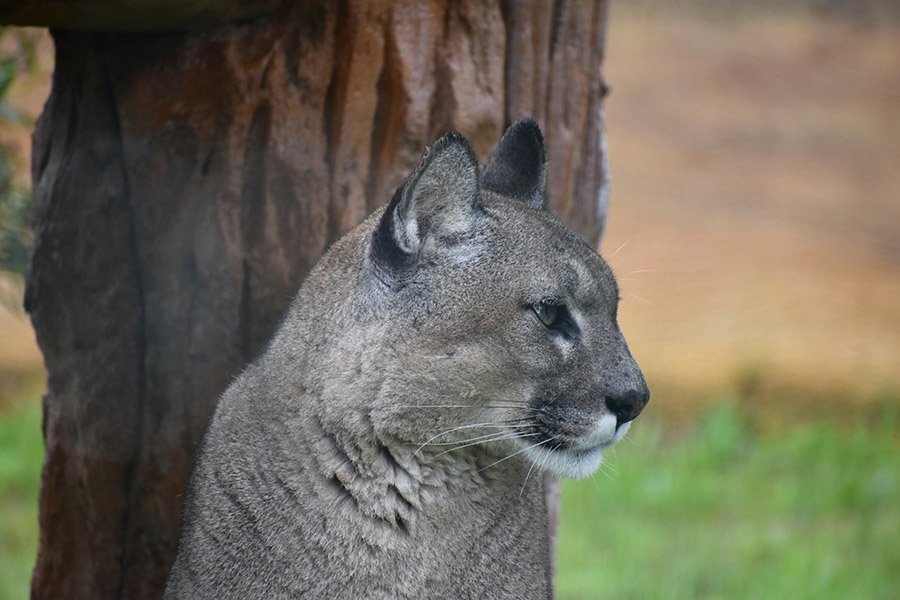
- Their vision is exceptional: Cougars have excellent night vision, which is up to six times better than that of humans. This is crucial for their dawn and dusk hunting habits.
- Cougars communicate through visual and olfactory signals: They use scratch marks on trees or the ground to communicate territory boundaries, and they have a variety of vocalizations for different situations.
- Cougars can consume a lot of meat in one meal: After a successful hunt, a cougar can consume up to 20 pounds of meat in a single meal. They then bury the rest and return later to finish it off.
- Their hind legs are larger than their front legs: This anatomical feature gives them the power they need to pounce on their prey and also allows for their extraordinary leaping ability.
- Cougars rarely attack humans: Despite their reputation in folklore, cougars seldom pose a threat to humans. They typically avoid people and prefer to hunt wild prey.
- They are silent hunters: Cougars rely on stealth and ambush tactics to get close to their prey before launching a swift and fatal attack, usually aiming to bite the neck.
- The females choose their mates: Female cougars are selective when it comes to choosing a mate. They will often avoid males that are not in their prime or those that have recently eaten, as they may not be as interested in mating.
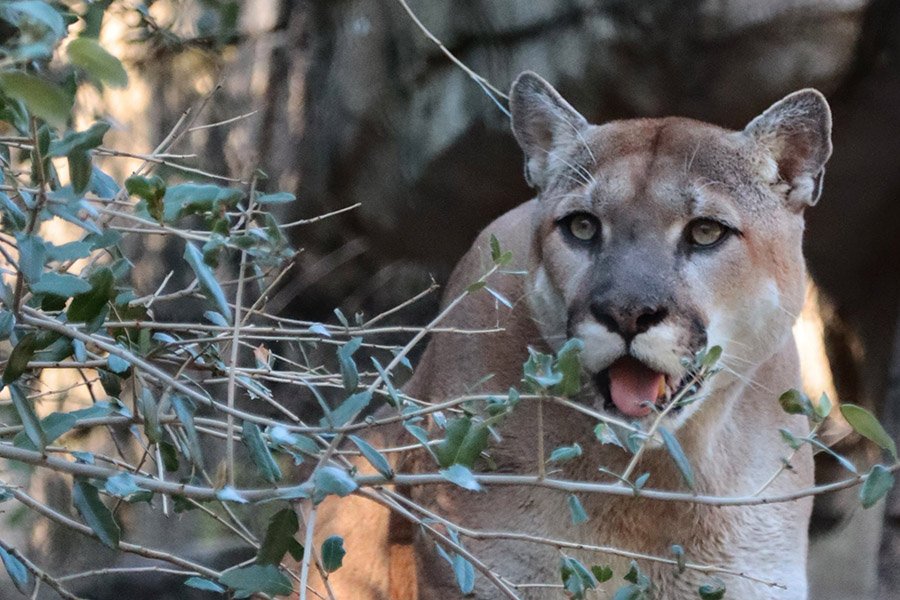
- Their tails aid in balance: Cougars have long, heavy tails that can reach lengths of nearly three feet. These serve as a counterbalance when navigating rocky terrain or making sharp turns during high-speed chases.
- Their ears are their sharpest sense: Cougars have extremely sensitive hearing which allows them to detect the quietest sounds made by their prey or other animals in their territory.
- Cougars have a low impact on their prey’s population: They tend to target the most vulnerable individuals, such as the sick, injured, or old, thus having a minimal impact on the overall health of the prey’s population.
- Their top speed is impressive: While they can’t match the cheetah’s speed, cougars can reach up to 50 miles per hour in a sprint when chasing down prey.
- Cougars are symbolic animals: In many indigenous cultures of the Americas, cougars are seen as symbols of power, courage, and leadership.
- They can survive in extreme temperatures: Cougars can adapt to a wide range of temperatures, from the hot deserts of the Southwest to the frigid Rocky Mountain slopes.
- They have been around for a long time: Fossil evidence suggests that the ancestors of modern cougars evolved in Asia about 11 million years ago, and they have been roaming the Americas for over 8 million years.
Other Articles About Cougars
References
- https://en.wikipedia.org/wiki/Bear
- https://www.nationalgeographic.com/animals/mammals/facts/bears-grizzly-polar-panda
- https://a-z-animals.com/animals/bear/
- https://www.britannica.com/animal/bear
- https://www.worldwildlife.org/species/polar-bear
- https://bearwise.org/
- https://www.iucnredlist.org/species/18868/97216466
